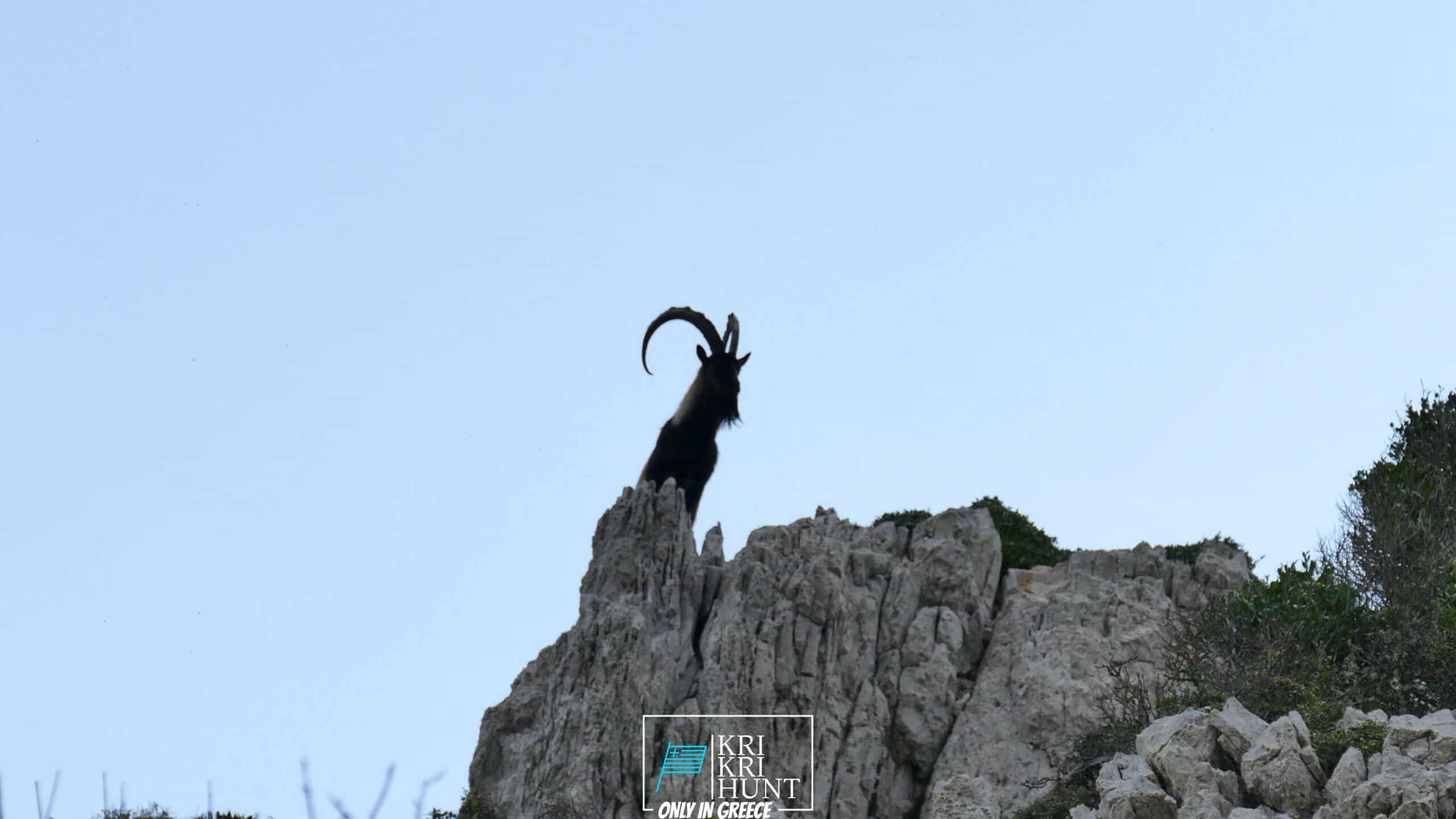Greece is waiting for you! Kri Kri ibex hunting in Greece!
Greece is waiting for you! Kri Kri ibex hunting in Greece!
Blog Article

Hunting for Kri Kri ibex in Greece is an amazing hunting as well as an extraordinary getaway exploration all rolled right into one. For the majority of hunters, ibex searching is a hard task with unpleasant conditions, but not in this case! Throughout 5 days of exploring ancient Greece, diving to shipwrecks, and also spearing, you'll experience beautiful Kri Kri ibex on an unique island. What else could you want?

This Ibex is not a little Capra aegagrus bezoar ibex, which has moved to the western extremity of this varieties' variety. The kri-kri (Capra aegagrus cretica), likewise called the Cretan goat, Agrimi, or Cretan ibex, is a feral goat living in the Eastern Mediterranean. The kri-kri has a light brownish coat with a darker neck collar. Two sweeping horns project from the head. During the day, they hide to prevent vacationers. In nature, the kri-kri can jump or climb up apparently large high cliffs.
On our Peloponnese tours, you'll reach experience all that this incredible area needs to provide. We'll take you on a trip of a few of the most attractive as well as historic websites in all of Greece, including ancient ruins, castles, and more. You'll additionally get to experience some of the traditional Greek culture firsthand by appreciating several of the delicious food and also white wine that the area is recognized for. And naturally, no journey to Peloponnese would be total without a dip in the sparkling Mediterranean Sea! Whether you're a seasoned hunter seeking a new experience or a new tourist just aiming to explore Greece's magnificent landscape, our Peloponnese excursions are ideal for you. So what are you waiting on? Book your journey today!
So if you are trying to find an authentic Greek experience far from the pressure of tourist then look no more than Methoni in The Peloponnesos! Our exterior hunting for Kri Kri ibex, angling, free diving as well as touring Peloponnese excursions from Methoni are the ideal means to discover this gorgeous area at your own rate with like minded people. Call us today to book your place on among our excursions.
What is the diference between Kri Kri ibex, Bezoar ibex and hybrid ibex
The kri-kri is not thought to be indigenous to Crete, most likely having been imported to the island during the time of the Minoan civilization. Nevertheless, it is found nowhere else and is therefore endemic to Crete. It was common throughout the Aegean but the peaks of the 8,000 ft (2,400 m) White Mountains of Western Crete are their last strongholds–particularly a series of almost vertical 3,000 ft (900 m) cliffs called ‘the Untrodden’—at the head of the Samaria Gorge. This mountain range, which hosts another 14 endemic animal species, is protected as a UNESCO Biosphere Reserve. In total, their range extends to the White Mountains, the Samaria National Forest and the islets of Dia, Thodorou, and Agii Pandes.
This Ibex is NOT a diminutive form of the Bezoar Ibex, which has migrated into the western-most reach of the range of this species. The kri – kri (Capra aegagrus cretica), sometimes called the Cretan goat, Agrimi, or Cretan Ibex, is a feral goat inhabiting the Eastern Mediterranean, previously considered a subspecies of wild goat. The kri-kri has a light brownish coat with a darker band around its neck. It has two horns that sweep back from the head. In the wild they are shy and avoid tourists, resting during the day. The animal can leap some distance or climb seemingly sheer cliffs.
“The agrimi goat Capra aegagrus cretica is unique to Crete and its offshore islands. It has been identi®ed as a sub-species of the wild bezoar goat Capra aegagrus aegagrus Erxleben, 1777, which it closely resembles in horn shape, body form and coloration. This classi®cation has been disputed by some researchers who claim that the agrimi are feral goats, derived from early domestic stock brought to the island by the ®rst Neolithic settlers. In order to clarify this issue, DNA analyses (cytochrome b and D loop sequences) were carried out on tissue of live and skeletonized agrimi and compared to sequences of wild and domestic caprines. Results conclusively show the agrimi to be a feral animal, that clades with domestic goats (Capra hircus) rather than with wild Asiatic bezoar. This study demonstrates that morphometric criteria do not necessarily re¯ect genetic af®nities, and that the taxonomic classi®cation of agrimi should be revised.”
Report this page